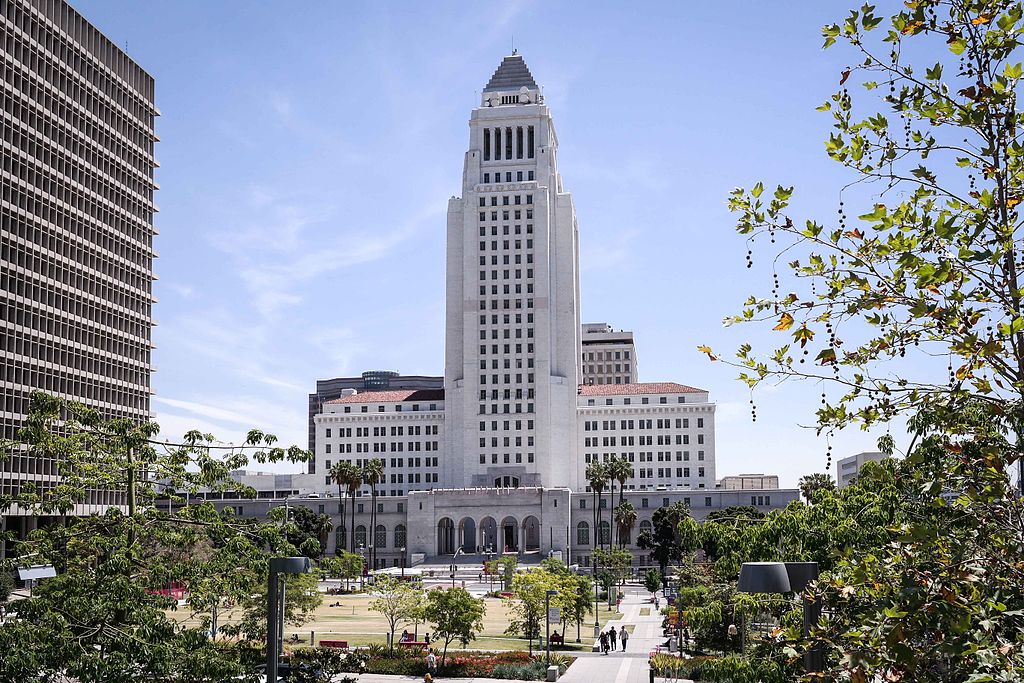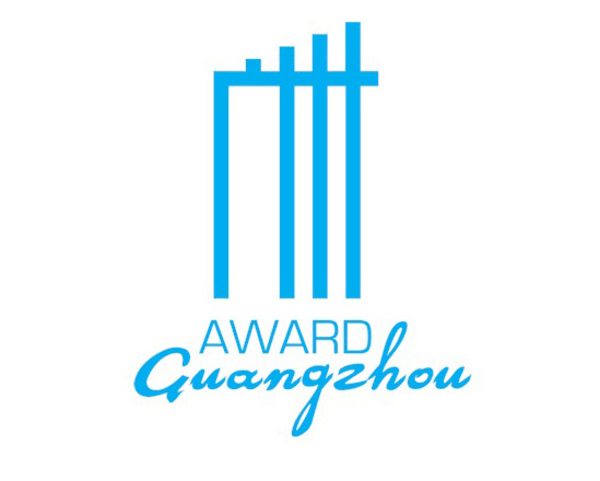City
Los Angeles , United States
Size and population development
According to Los Angeles City Planning, the Population of Los Angeles was recorded at 3,979,576 in 2020. This represents +7.7% growth since 2000. The city covers an area of 1302 km2 and has a population density of 3061 people per km2. The population of Los Angeles County was recorded at 10.04 million.
Population composition
The population of the city of Los Angeles is comprised of 51% females and 49% males.
The 0-17 age group is recorded at 21%, 18-64 at 67% and 65+ at 12%. The median age of all people is 35.9 years
The ethnicity composition of the population is: 48.2% Hispanic, 28.7% White alone,
11.5% Asian alone, 8.3% Black alone, 2.5% Two or more races, 0.3% Other race alone,
0.2% American Indian alone, 0.1% Native Hawaiian and Other Pacific Islander alone.
The most prevalently practiced religion in Los Angeles is Christianity comprising 32% Catholic, 30% Protestant and 3% Other. There are small groups between 1-3% who follow the Jewish, Muslim, Buddhist and Hindu faiths.
English, Spanish and Asian including Chinese, Korean, Vietnamese and Japanese are the most spoken languages.
Main functions
The city of Los Angeles is the second most populous city in the United States. The city is located on a basin in Southern California and surrounded by vast mountain ranges, valleys, forests, beaches and a nearby desert. Los Angeles is famous world-wide for being a major center for film, television and music production.
Main industries / business
Los Angeles has a diverse economy and hosts businesses in a broad range of professional fields including the creative industries, aerospace, technology, international trade and tourism. The city is the largest manufacturing center in the United States and is home to the busiest port in the Americas and the fifth busiest in the world.
Sources for city budget
Local government revenue comes from property, sales, and other taxes; charges and fees; and transfers from federal and state governments.
Political structure
The City of Los Angeles is a Mayor-Council-Commission form of government, as defined in the City Charter, originally adopted by the voters of the City of Los Angeles, effective July 1, 1925 and reaffirmed by a new Charter effective July 1, 2000.
A Mayor, City Controller, and City Attorney are elected by City residents every four years. Fifteen City Council members representing fifteen districts are elected by the people for four-year terms, for a maximum of three terms.
The new City Charter, effective July 2000, provided for the creation of a Citywide System of Neighborhood Councils. The goal of the Neighborhood Councils is to promote public participation in City governance and decision-making process to create a government more responsive to local needs.
Administrative structure
Members of Boards & Commissions are generally appointed by the Mayor, subject to the approval of the City Council.
There are approximately 44 departments and bureaus in the City of Los Angeles headed by General Managers that are also appointed by the Mayor, subject to confirmation by the City Council. Most employees of the City are subject to the civil service provisions of the City Charter.
Website
http://lacity.org/

